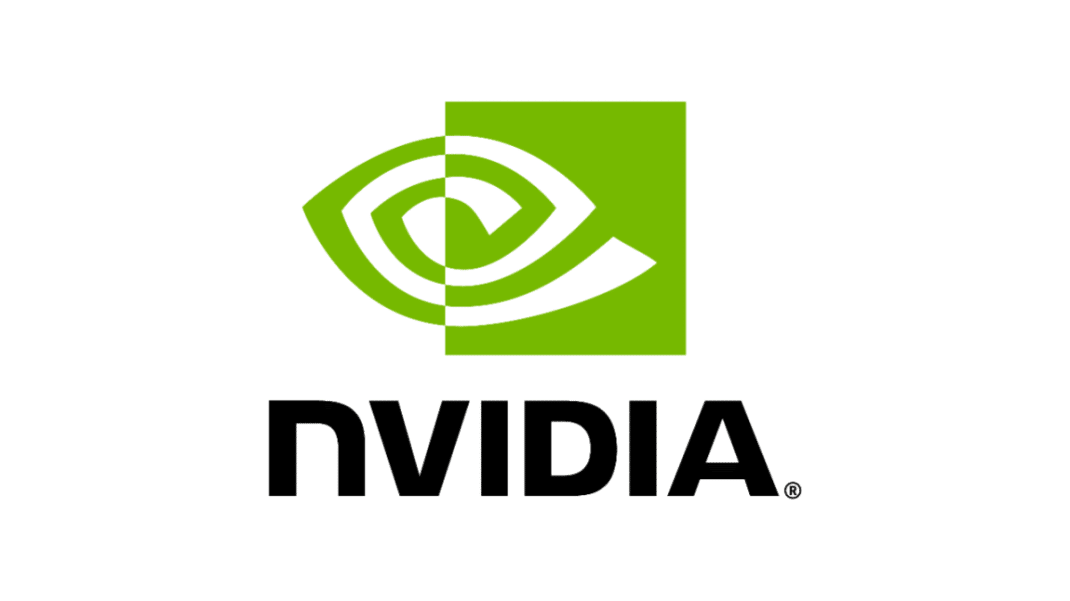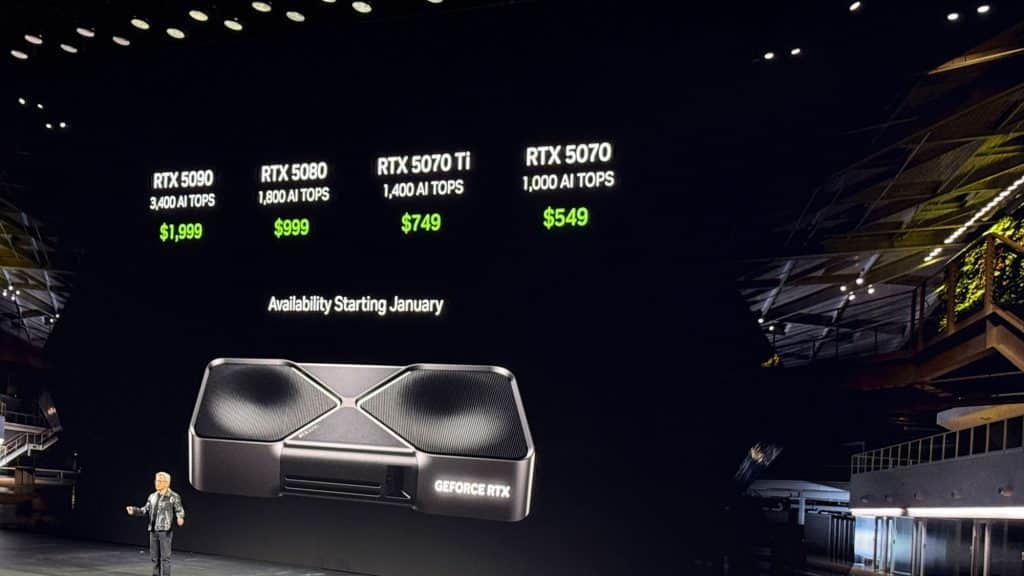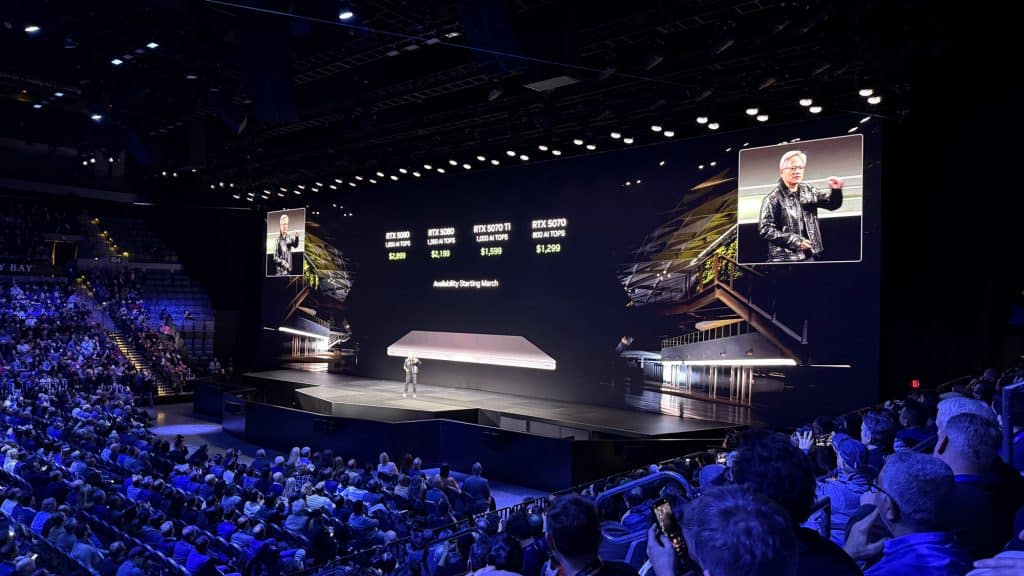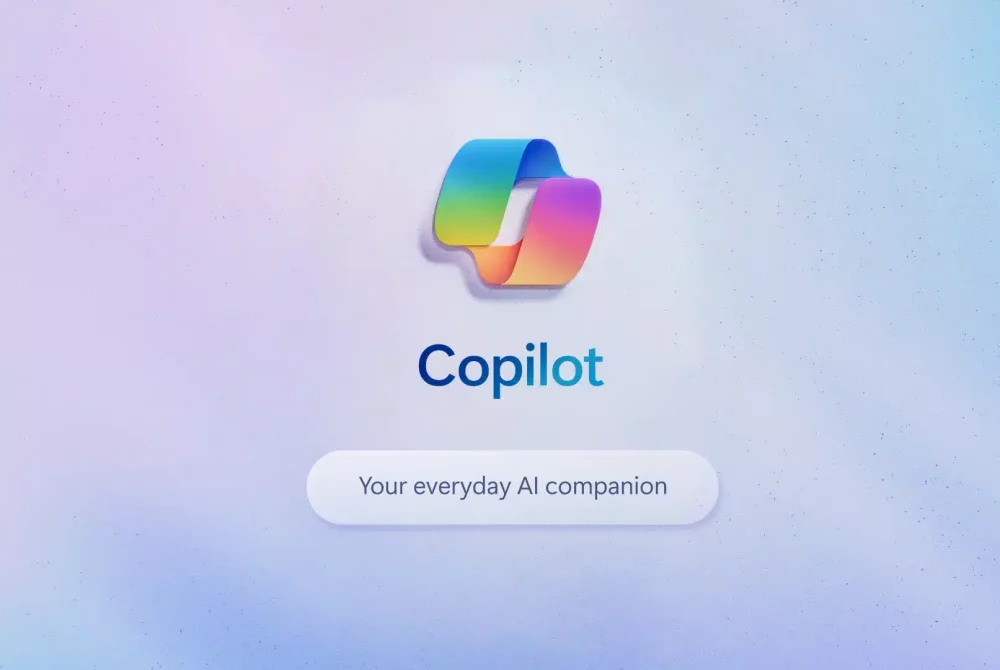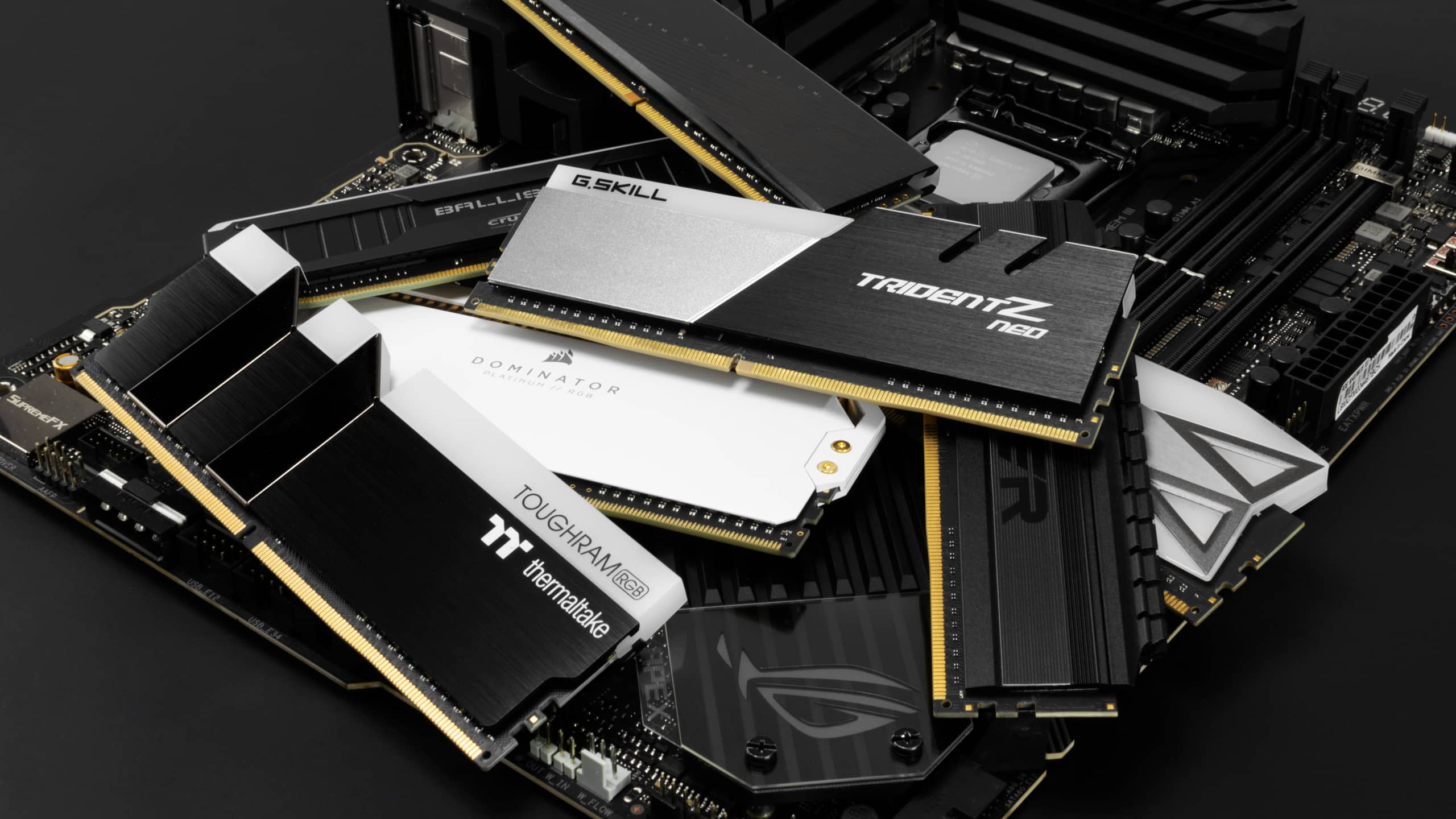We would like to thank FSP Group for the sponsorship of CES 2025
Nvidia’s CES 2025 keynote didn’t just live up to expectations—it shattered them. Hosted in the Michelob Ultra Arena, CEO Jensen Huang introduced the RTX 50-series GPUs, continuing Nvidia’s dominance in the gaming and AI industries. Yet, while the RTX 50-series launch showcased cutting-edge technology, we pondered how the company could take things even further.
The Good: RTX 50-Series Blackwell Architecture
The RTX 50-series, featuring the flagship RTX 5090, pushes the boundaries of performance. With 92 billion transistors and a revolutionary DLSS 4 offering Multi Frame Generation, Nvidia promises an 8x boost in rendering performance compared to traditional methods. Add in improved energy efficiency for laptops and enhanced AI-driven features like Neural Faces and Nvidia ACE for lifelike gaming, and it’s clear why these GPUs are a big deal.
The Better: What’s Missing?
Despite these advancements, Nvidia’s keynote raised some intriguing questions about where the company could improve:
- Broadening Accessibility: While the RTX 50-series GPUs represent a pinnacle of performance, the price tags—starting at $549 for desktops and $1,299 for laptops—remain a barrier for many gamers. Could Nvidia explore a more accessible product tier for budget-conscious gamers?
- AI Beyond Games and Robots: Nvidia’s use of Apple Vision Pro to train robots is exciting but niche. Imagine this tech applied to real-world applications like healthcare, industrial automation, or even personal productivity tools. Could Nvidia’s AI ecosystem expand into areas that directly affect more lives?
- Sustainability at Scale: Nvidia touched on power efficiency but skipped over sustainability efforts like recyclability or reduced carbon footprints for these GPUs. With its influence, Nvidia could lead the way in creating eco-friendly tech for the future.
- AI-Powered Creativity: DLSS and ACE demonstrate what AI can do for graphics and gaming worlds, but Nvidia could delve into AI’s role in helping creators. Features like AI-assisted animation, lighting design, and even storyline generation could transform how game developers work.
Looking Ahead
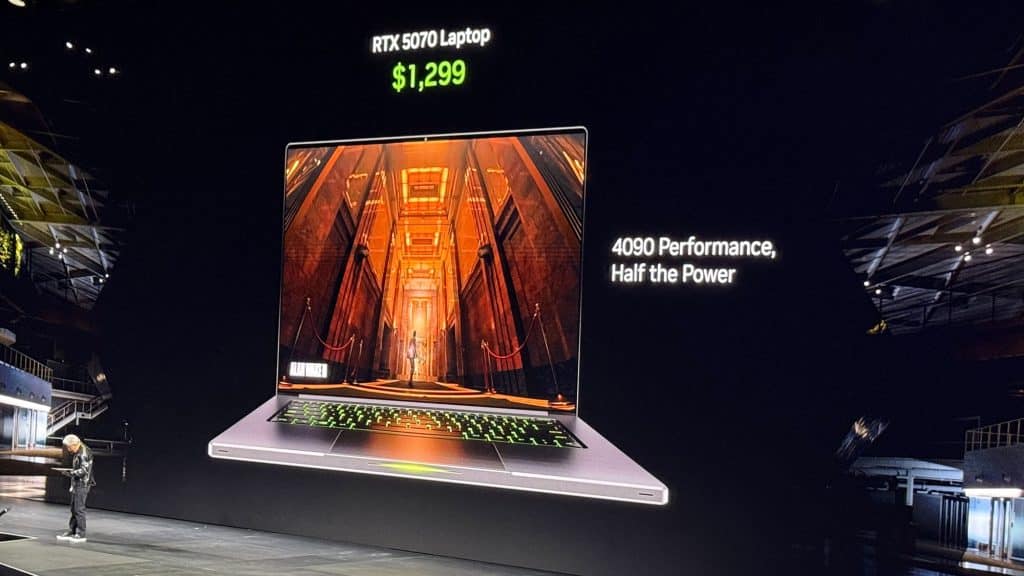
Nvidia is doubling down on innovation, unveiling Cosmos World Foundation Models and Project Digits—a personal AI supercomputer capable of handling up to 200 billion parameters. While impressive, these products underscore Nvidia’s growing pivot to AI and robotics. For gaming enthusiasts, the RTX 50-series GPUs arriving in late January and February will steal the show. Still, the broader implications of Nvidia’s AI advancements hint at the company’s long-term strategy.
As CES 2025 winds down, one thing is clear: Nvidia has set the standard, yet there’s plenty of room to push boundaries further. The RTX 50 series is a monumental step forward, but it also raises the question: How will Nvidia shape not just gaming but the future of technology itself?
